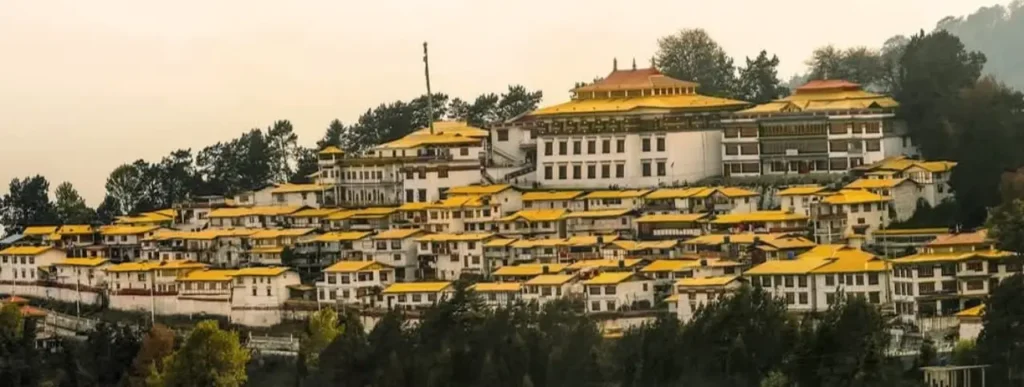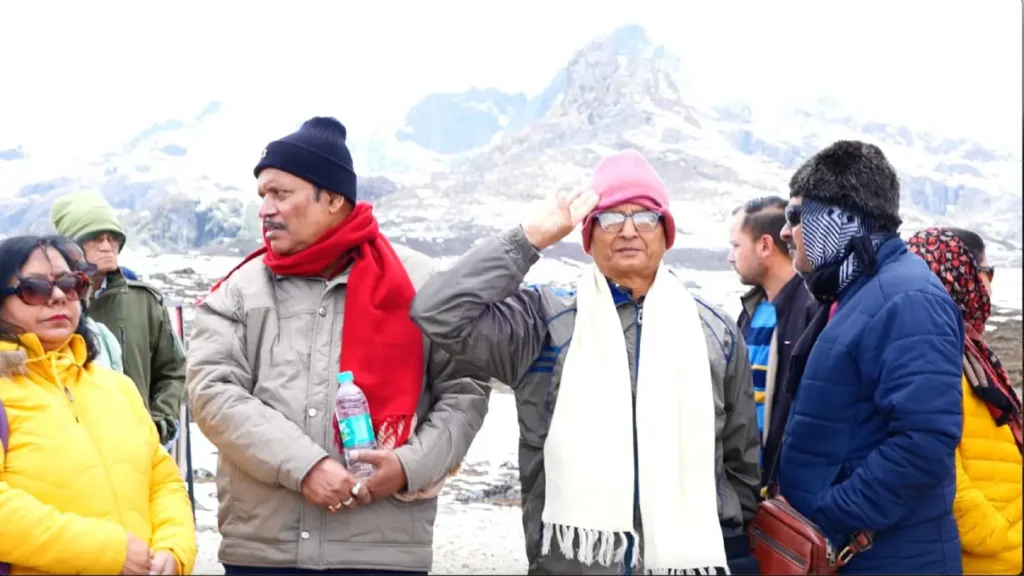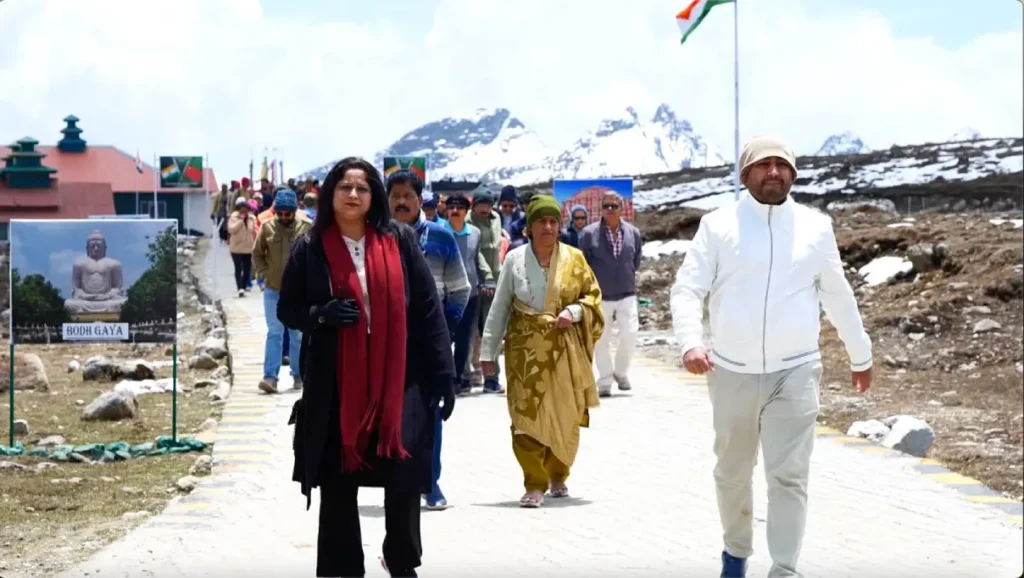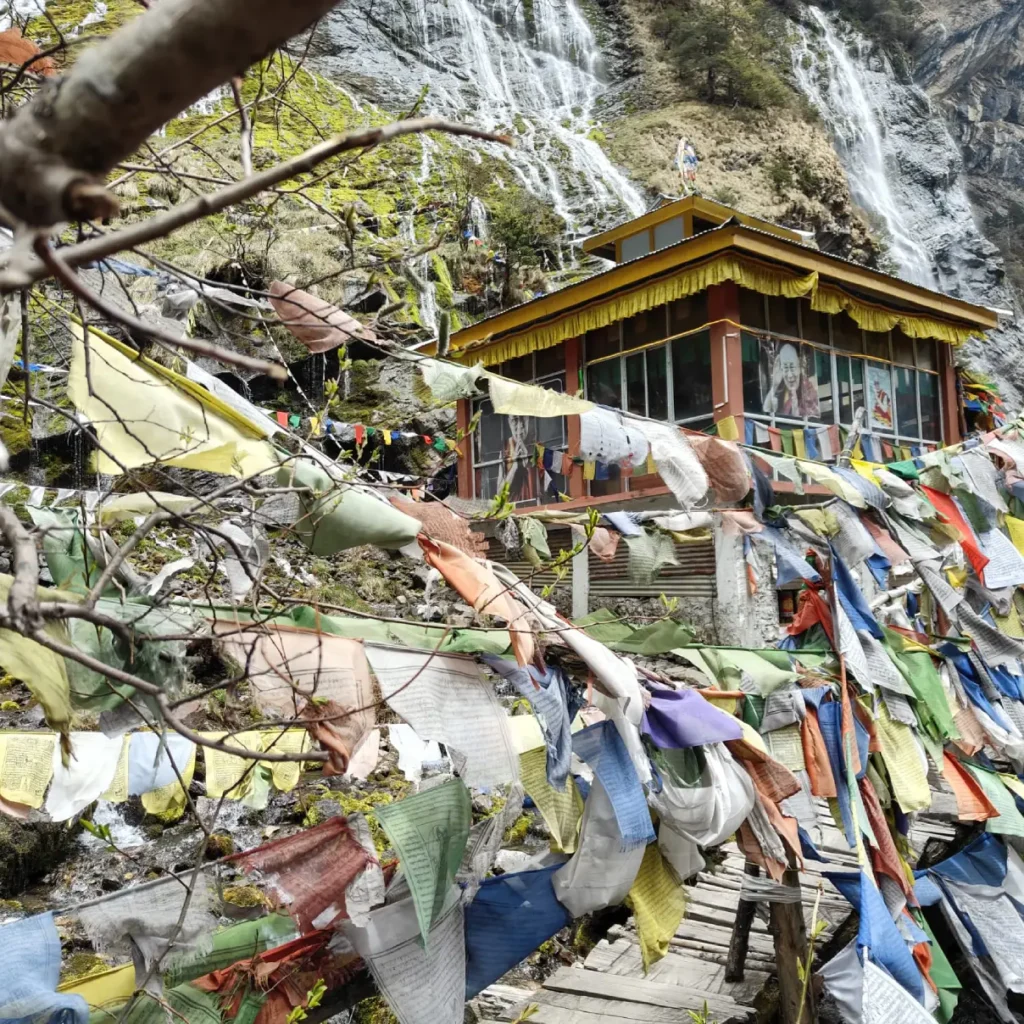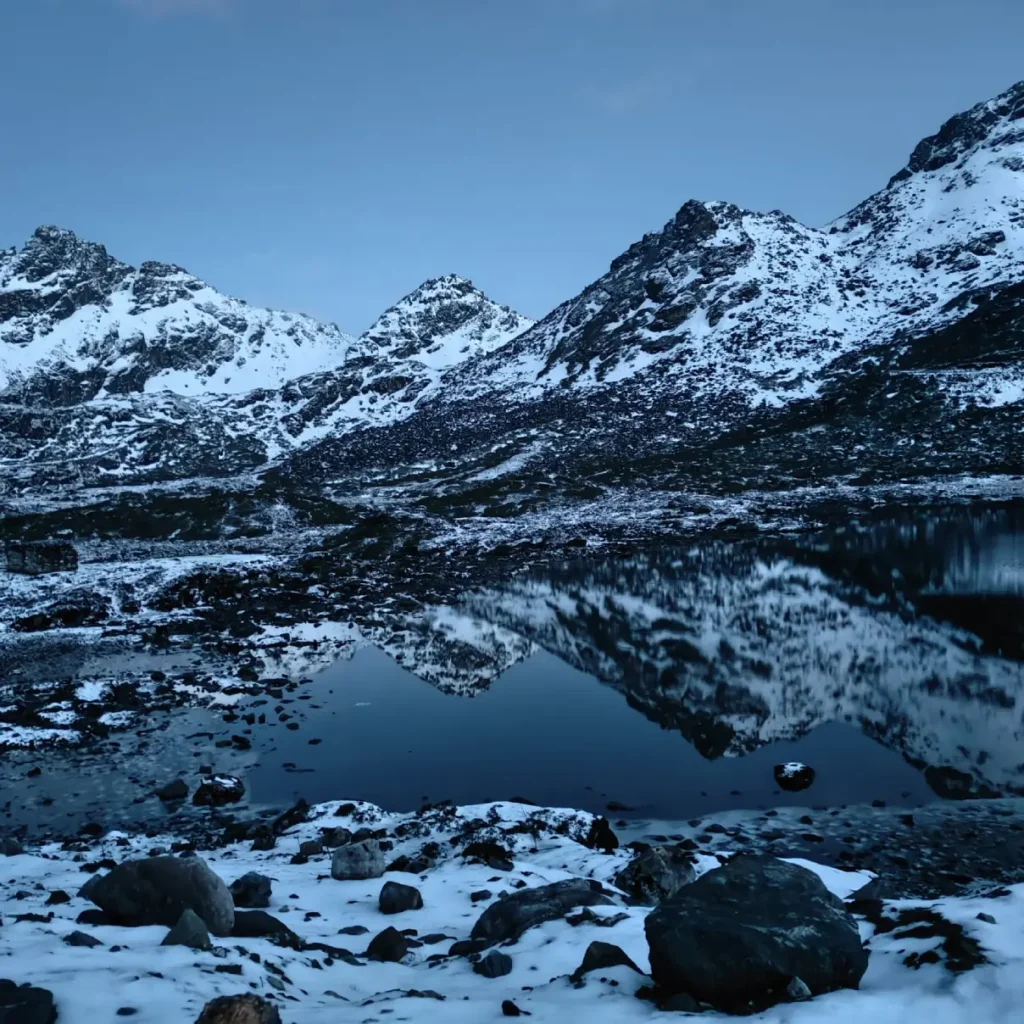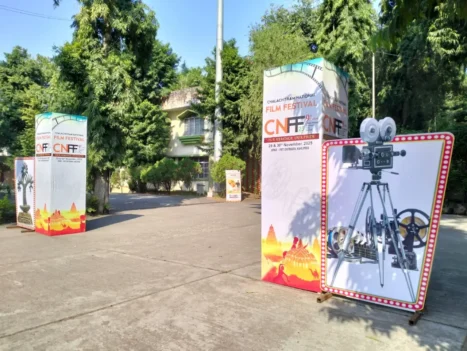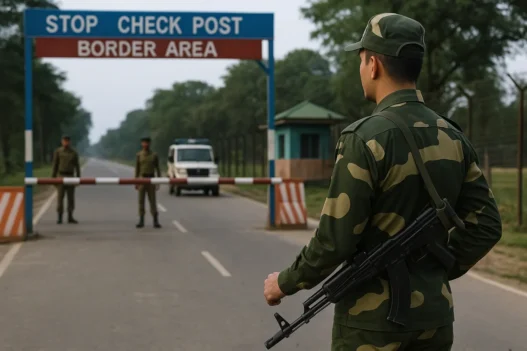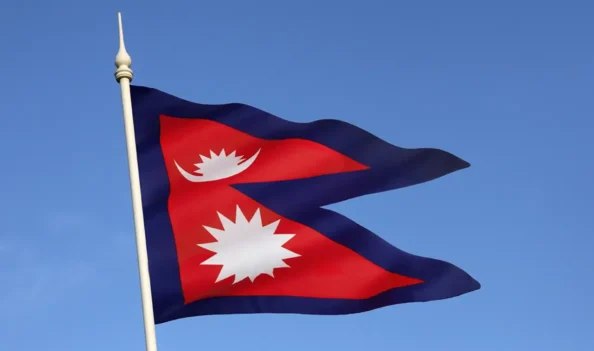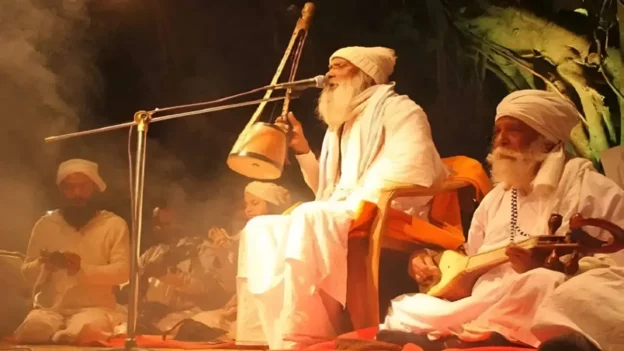It was a first for many—Prasanto Mustafi, a near-octogenarian from Kolkata, and Priyanka Singh, a spirited young woman from Ranchi—both finding themselves at altitudes above 15,000 feet, standing at India’s extreme eastern frontier in Arunachal Pradesh. Alongside them were hundreds of others, including children as young as six. Despite the high altitude and the cold that sliced through the skin, these visitors braved the odds, bypassing the usual acclimatization protocols that the army would otherwise insist upon. Yet, they endured—physically, mentally, emotionally.
For Mustafi, who had lived through the 1962 war with China, this was not just another trip. It carried the weight of memory and meaning. For Priyanka, it was the awe of discovery. “I couldn’t believe India had such places—with such rich culture, and locals who stand strong alongside our army,” she said, pausing as she looked back at the “Incredible India” arch marking the Line of Actual Control (LAC). Their visit to frontier posts like Bumla, Khinzemane, and the Yangtse region coincided—perhaps by fate—with Operation Sindoor (May 8–10), when India was flexing its military might against Pakistan following deadly attacks in Kashmir.
The emotional highs of the visitors were underpinned by a deeper respect for the Indian forces who patrol these remote areas year-round. In biting winters, when snow buries the terrain and temperatures drop below –15°C, our soldiers hold the line—vigilant and resolute. That fact alone left a profound impact on civilians like Mustafi, who twice saluted the camera during a conversation, as if to convey his silent gratitude for every inch of tricolour-fluttering land being protected.
Even though they weren’t privy to the high-tech details—be it surface-to-air missile systems or electronic warfare capabilities—the sight of jawans with their INSAS rifles and AK-47s was enough to instil confidence. “No adversary will dare misadventure,” Mustafi said firmly.
When naming becomes a weapon
This emotional solidarity across India’s civilian landscape now confronts a quieter, calculated aggression: China’s persistent attempts to rename parts of Arunachal Pradesh. On May 12, 2025, Beijing released its fifth list of renamed locations in the region it calls “Zangnan” (Southern Tibet). This list renamed 27 places—15 mountains, five residential areas, four passes, two rivers, and a lake—with precise geolocations and multilingual names in Mandarin, Tibetan, and Romanised pinyin. It follows similar lists in 2017, 2021, 2023, and in April 2024, when China renamed 30 locations.
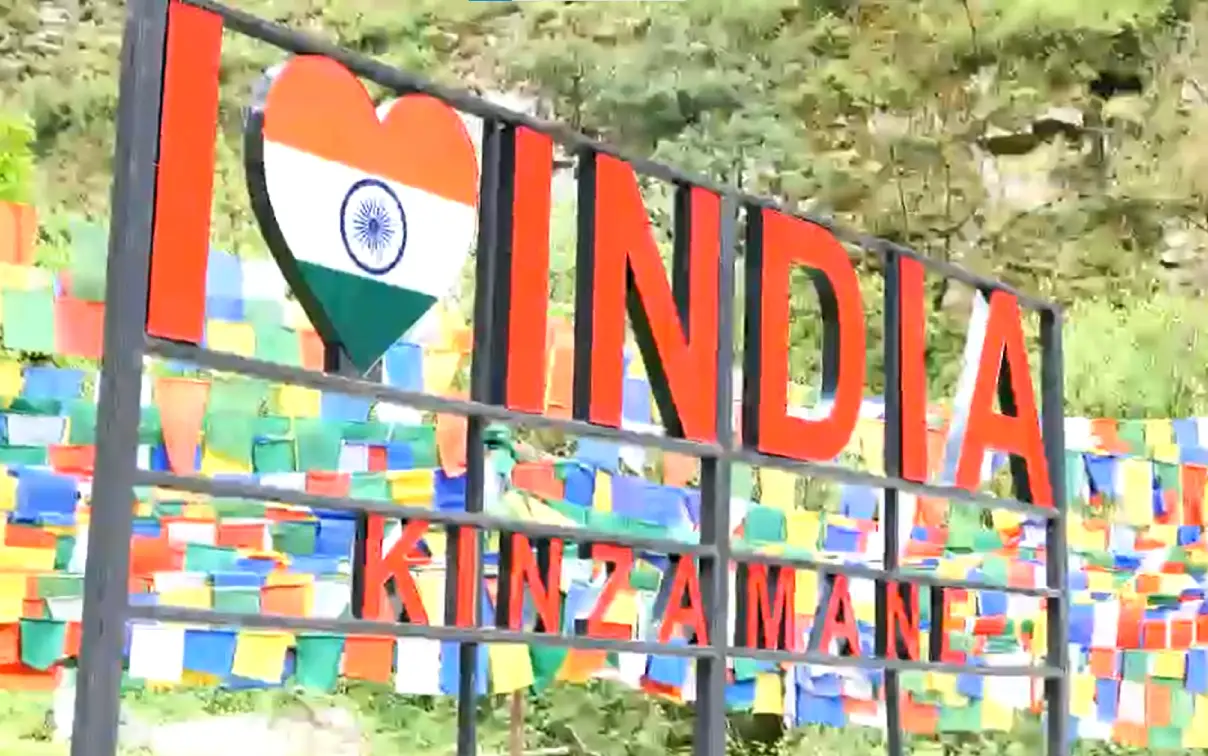
In total, China has renamed 62 locations in Arunachal Pradesh: 25 towns and villages, 25 peaks and passes, nine water bodies, and three land segments. The renaming is not arbitrary. It mirrors a broader strategy—one China has deployed in Tibet, Xinjiang, the South China Sea, and even with Russia in March 2023, when it assigned Chinese names to eight places in the Russian Far East, including Vladivostok (renamed Haishenwai, or “Sea Cucumber Bay”) and Sakhalin Island (renamed Kuyedao).
India, however, has consistently rejected these efforts. “Creative naming will not alter the undeniable reality that Arunachal Pradesh was, is, and will always remain an integral and inalienable part of India,” said MEA spokesperson Randhir Jaiswal. His statement echoed a similar one made by former MEA spokesperson Arindam Bagchi in 2023.
The psychology behind the renaming
But China’s objective is not just cartographic—it is psychological. According to Professor Srikanth Kondapalli, an expert on Chinese studies at Jawaharlal Nehru University, the renaming spree is a deliberate “narrative operation.” “Rather than treating it as a disputed territory, Beijing keeps altering names to shape the narrative. This strategy isn’t about clarity—it’s about sustaining ambiguity to serve its interests,” he told The Borderlens.
In 2006, Chinese Ambassador Sun Yuxi bluntly declared that “the whole of Arunachal Pradesh is a disputed territory.” Today, rather than negotiate directly, China weaponizes uncertainty—renaming terrain to assert presence and build false legitimacy.
Some of the renamed areas have even witnessed limited Chinese incursions. In October 2018, PLA soldiers entered approximately 14 km into Indian territory near the Mathu and Emra rivers in Dibang Valley, hiring Indian porters before retreating. The Emra River, now renamed “Niangmuri He” in the latest list, is one such example. More recently, in Kapapu near Chaglagam (Anjaw district), Chinese soldiers spray-painted rocks with Chinese characters—another symbolic assertion.
Yet the Indian mood remains resolute. “After what Pakistan tried doing to us, we now have a doctrine—and we will apply the same here,” said Karseng Lama, a Monpa resident of Tawang. The memory of the four-day conflict with Pakistan has hardened India’s stance.
A calculated escalation
China’s name game is not merely semantic. It comes amidst a deeper regional flux—tensions in the western sector of Ladakh, unfolding instability in neighbouring Bangladesh, and strategic manoeuvring in Myanmar. Knowledgeable sources suggest that China is already exploiting the shifting dynamics in Bangladesh, where the new political dispensation shows signs of aligning more closely with Beijing.
In the eastern theatre, there are signs of growing Chinese aggression. On December 9, 2022, PLA soldiers clashed with Indian troops in the Yangtse region—another flashpoint. Simultaneously, China is ramping up hybrid warfare tactics: psychological operations, non-kinetic tools, and technological warfare. But India is not without a response.
India’s forward posture
In recent months, India has moved decisively. The S-400 Triumf air defence system has been deployed to the Siliguri Corridor, a vital choke point between mainland India and the Northeast. Backing this are Rafale squadrons at Hashimara, equipped with Meteor air-to-air and SCALP air-to-ground missiles—positioned as a second line of deterrence.
Complementing these are strategic Indian Air Force bases at Chabua and Pasighat in Arunachal Pradesh.
Unlike in 1962, the frontier is no longer silent or vulnerable. Roads have been built, communication lines laid, and communities empowered. Most importantly, the locals stand with the tricolour.
People like Sandip, a visitor from Jharkhand, encapsulate the new national mood: “It is unimaginable that China is allowed to get away with this bullying—look at Tibet. Where are the Tibetans?” Her voice, filled with disbelief and defiance, mirrors a growing national sentiment—that the Chinese bluff must be called out, not just with rhetoric but with resolve.
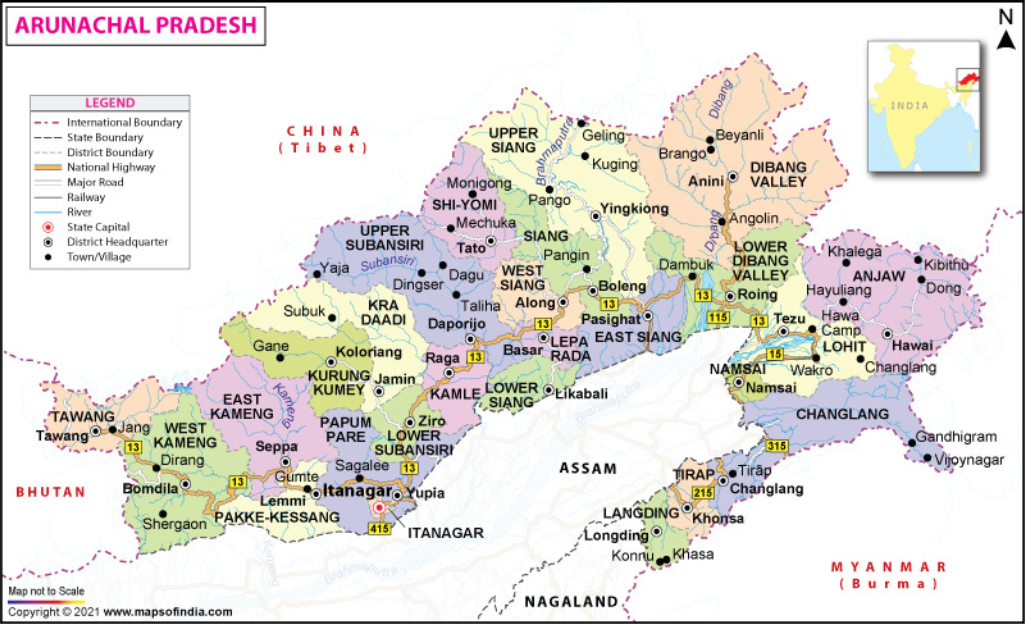
Is it time for India to adopt a more pragmatic and assertive strategy to counter China’s cartographic aggression? Possibly yes—but not without a calibrated approach. As the situation continues to evolve across sectors—from Ladakh to the Northeast, from the Bay of Bengal to Bangladesh—the Indian response must be multi-dimensional.
Because ultimately, what China seeks is not peace—but permanence in ambiguity. And what India must ensure is that its presence—on maps, on the ground, and in the minds of its citizens—remains unshakably real.

